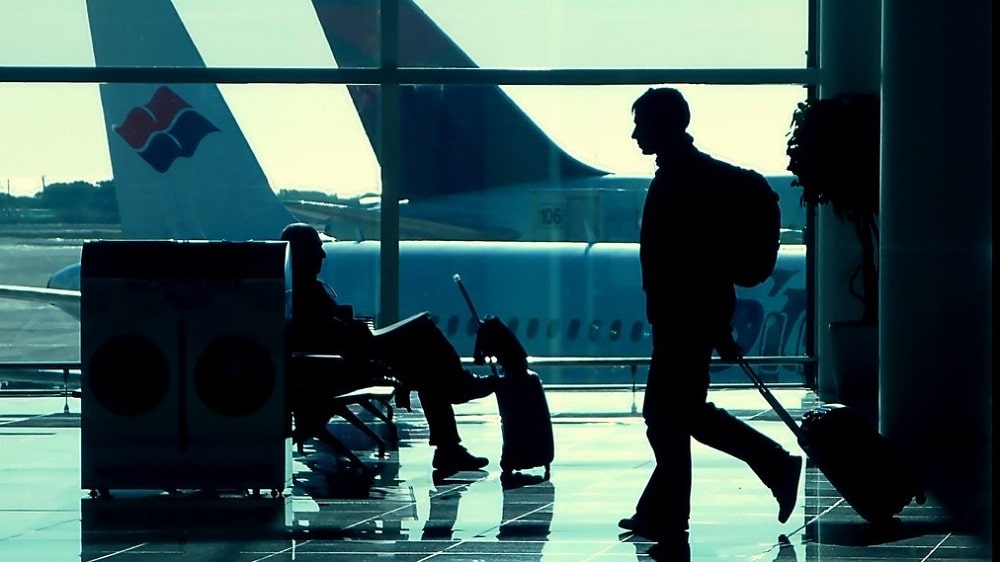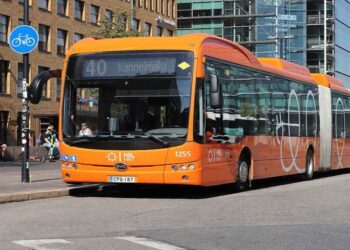The novel coronavirus has had a profound, dramatic impact on our world. Many of us are feeling overwhelmed right now—with the news, with data, and with the immediate impact of COVID-19 on lives and livelihoods of people around the globe. But while it’s still very much an ongoing situation, there is already a lot of talk about the scenarios that could unfold after the pandemic. Will we pick up where we left off? Or is this the beginning of a new chapter?
These questions are top of mind for professionals in transport, a sector that has been hit particularly hard by the crisis. Over recent weeks, falling demand and contagion risk have caused a drastic reduction in transport services all over the world. This might not be the first time that communities have had to suspend or limit transport for health reasons, but the scale of these restrictions is unprecedented. By showing what an immobile world looks like, this new reality has shed light on the centrality of transport in the global economy, and in all almost all aspects of our lives.
So, will COVID-19 usher in a new era for transport and logistics? Will countries invest massively to localize manufacturing and disconnect from the global supply chain? Will we see a push for sustainable and climate-friendly solutions?
To frame the conversation on COVID-19 and transport, it may be helpful to look at the possible ramifications of the pandemic on the four major goals of sustainable mobility that have been defined by SuM4All: universal access, efficiency, safety, and green mobility.
Universal access
The crisis has severely affected transport services, both in terms of supply and demand. The market for air travel has collapsed, grounding a significant portion of the world’s airline fleet. With many people instructed to work from home and shelter in place, the number of cars on the road has fallen sharply. Likewise, public transit ridership has tumbled to an all-time low: in New York City, passenger numbers on the subway and commuter rail systems are down by as much as 90 percent. The overall impact on the most vulnerable communities is not yet documented but will be considerable.
As millions are stuck at home, many aspects of our daily lives have moved online, from work to social interactions, education and shopping. Of course, this transition has its limits: not all activities can happen through an internet connection, and there is a growing digital divide between and within countries. But the pandemic will undoubtedly accelerate the adoption of online tools: it should encourage policymakers to consider how virtual connectivity can complement physical connectivity to improve access to jobs, services, and opportunity.
Efficiency
The COVID crisis has greatly undermined the reliability and efficiency of transport networks, particularly in sectors like trucking or air cargo. And because freight transport operations, logistics, and the production of goods are so tightly synchronized, these disruptions have quickly had a ripple effect on global commerce, exposing the fragility of the entire supply chain. We are already seeing shortages in the availability of medical supplies, raw materials, sub-assemblies, and finished goods, as well as logistical issues and inventory build-up.
To address this, it is imperative that transport stakeholders find solutions to enhance the resilience of their networks. Here again, digital technology could play an important role, and some operators could quickly deploy big data solutions to adapt their operations.
Safety
When discussing transport safety, the first issue that comes to mind is usually road safety, or personal security concerns, such as gender-based violence on mass transit.
However, the pandemic has drawn increasing attention to another kind of risk: the possibility of contagion. Transport and mobility have become rapidly associated with potential spread of the virus—especially in situations where transport is synonymous with enclosed spaces and large concentrations of people, as is often the case on planes or public transit.
This is the most immediate challenge that transport systems have been grappling with since the outbreak began, and operators have had to take quick action to protect their staff as well as passengers.
Green mobility
The most unexpected consequences from the crisis have been on the environment, with the sudden drop in carbon emissions due to the closedown of transport networks and businesses. Compared with this time last year, pollution in New York City has fallen by nearly 50% because of measures to contain the virus, mostly from the decline in road traffic. In Europe, satellite images of northern Italy have revealed an impressive decline in nitrogen dioxide (NO2) emissions, which come primarily from combustion of fossil fuels used in cars, trucks, and buses. The situation brings home the impact of transport on the planet, and reminds us that it is technically possible to reduce the environmental footprint of the sector.
Even though widespread shutdown is neither desirable nor realistic over the long term, the crisis could provide more viable opportunities to transition toward green mobility. The increased shift to telecommuting and e-commerce, for instance, could durably change our habits and lead to an overall reduction in transport demand, with a direct impact on emissions. The pandemic is also prompting cities to expand bike lanes and promote cycling—an effective way to take passengers out of crowded transit systems and facilitate social distancing. Bicycles were already making a comeback in many cities, and these policies will likely encourage a growing number of commuters to bike to work even after the virus recedes.


































